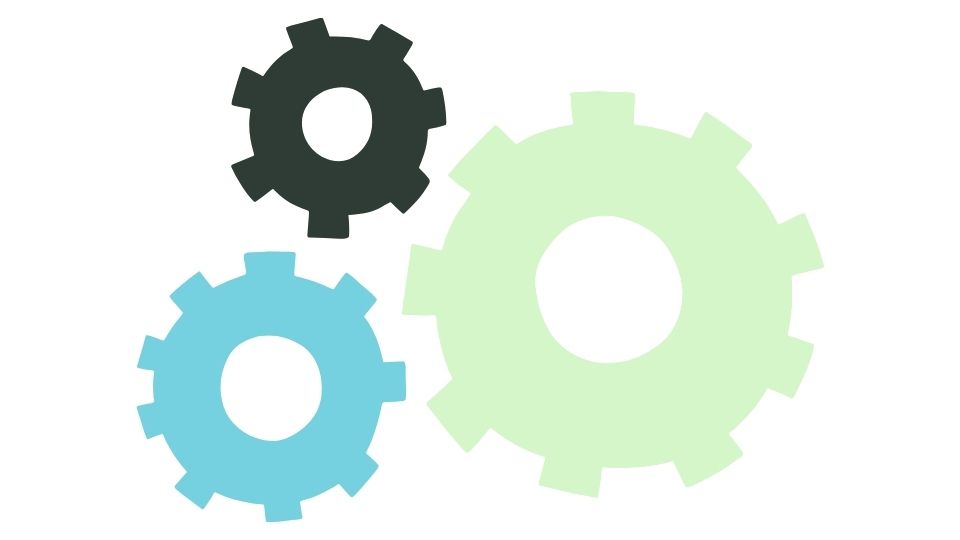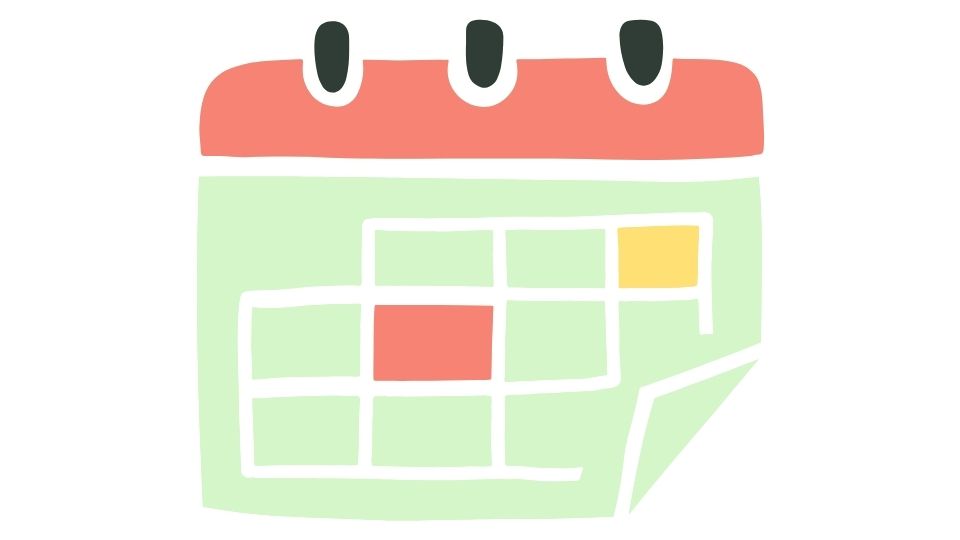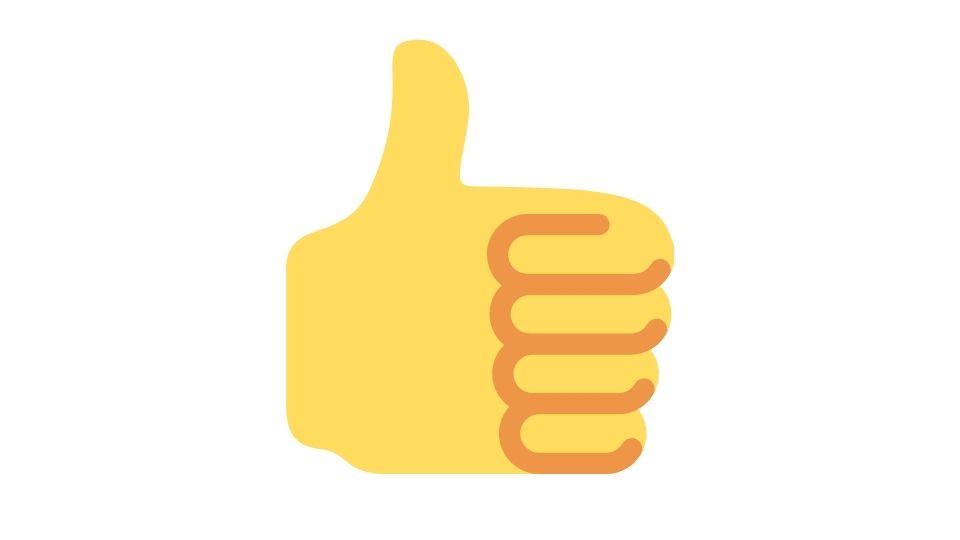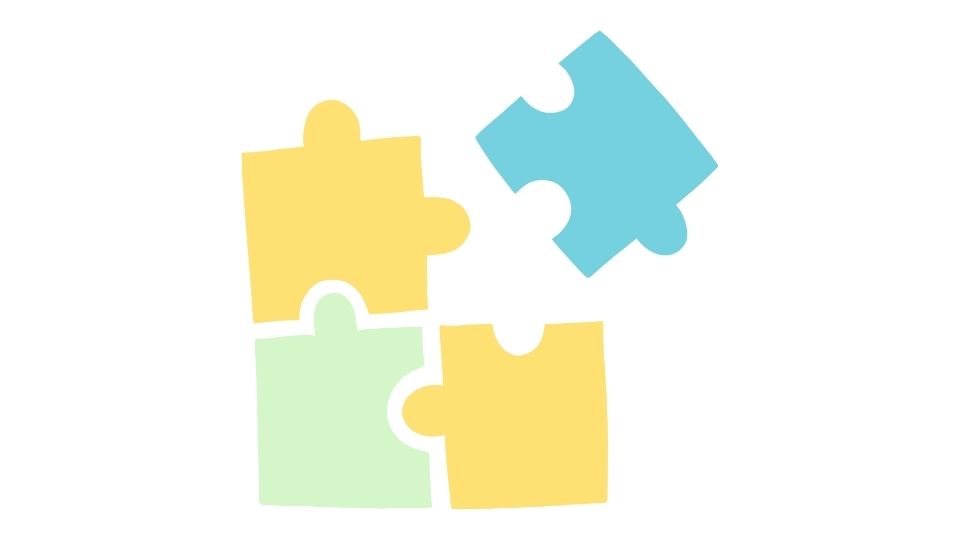Tracking meals when you’re crazy busy isn’t as impossible as it sounds. With the right approach, you can keep tabs on your nutrition without adding more stress to your already packed schedule.
Effective meal tracking helps maintain nutrition goals, monitor calories and macros, and supports healthier eating habits – all while fitting into your hectic life.
Let me walk you through how to make this work, even if you barely have time to breathe between meetings and commitments.

Why Tracking Your Food Actually Matters When You’re Busy AF
When life gets chaotic, food choices often become an afterthought. That’s exactly when tracking becomes most valuable.
Food tracking gives you accountability – it helps you understand what and how much you’re actually eating (not what you think you’re eating).
For those of us juggling work, family, and a million other responsibilities, this awareness can prevent mindless snacking or stress-eating an entire bag of chips during a deadline crunch.
Tracking also reveals those sneaky nutrient gaps that might be causing your 3pm energy crashes or making you feel like garbage even though you’re “eating healthy.”
The Real Struggles of Meal Tracking For Busy People

Let’s be honest about the challenges:
- Zero time to log foods when you’re rushing between commitments
- Having to guess portion sizes when eating on the go
- Simply forgetting to track because life
- Dealing with apps that require 17 different steps just to log a banana
- Keeping up the motivation when your schedule is already overwhelming
But don’t worry – there are solutions for all of these problems!
How to Actually Track Meals When Your Schedule Is Insane

1. Pick a Tracking Tool That Doesn’t Suck Up Your Time
The right meal tracking tool should make your life easier, not more complicated. Look for:
- Simple interface that doesn’t require a PhD to navigate
- Robust food database so you’re not manually entering everything
- Quick features like barcode scanning and recent meals
Some top options recommended by nutritionists include:
- MyNetDiary: Great free barcode scanner and simple interface for quick logging; premium version includes an AI meal photo scanner that identifies foods from a picture
- Cronometer: Known for seriously accurate nutrient data beyond just calories – tracks vitamins and minerals too
- FatSecret: Free option with image recognition to quickly identify foods
- MyFitnessPal: Massive food database and integrations with fitness trackers
2. Create Shortcuts For Foods You Eat Regularly
Set up saved meals and frequently eaten items so you can add them with a single tap. Most apps let you create meal templates or favorites lists.
This is a game-changer for breakfast especially – most of us eat the same few breakfasts on repeat, so having them ready to log in seconds makes morning tracking actually doable.
3. Use Tech To Your Advantage
Don’t waste precious minutes typing in nutritional info when technology can do it for you:
- Barcode scanners for packaged foods (available in most free apps)
- Photo recognition to identify meals (premium feature in some apps)
- Voice-to-text for logging if typing is slowing you down
These features can cut your logging time by 50-75%. Not bad!
4. Make It A Non-Negotiable Habit
The key to consistent tracking is building a solid habit:
- Set a specific trigger (like “after I take my first bite” or “when I finish eating”)
- Start with just tracking one meal consistently if doing all feels overwhelming
- Use reminders or alarms until the habit sticks
Research shows it takes about 66 days to form a habit, so give yourself time to make this automatic.
5. Focus Only On What Matters For Your Goals
You don’t need to track every micronutrient unless that’s specifically important to you.
- Want to lose weight? Calories might be enough
- Building muscle? Focus on protein intake
- Managing health conditions? Track specific nutrients related to your condition
Simplifying what you track makes the whole process much less overwhelming.
6. Integrate With Other Tools You Already Use
If you already use health apps or fitness trackers, choose meal tracking that plays well with your existing tools.
Apps like MyFitnessPal and FatSecret can sync with fitness trackers, giving you a more complete picture without extra work on your part.
Pro Tips That Actually Work For Busy People

- Plan your meals ahead when possible. Sunday meal prep might sound cliché, but it means you can pre-log your foods for the week in about 5 minutes
- Use simple measurement shortcuts like “palm-sized” for protein or “thumb-sized” for fats instead of weighing everything
- Log immediately after eating or set aside 5 dedicated minutes at the end of your day
- Remember: consistency beats perfection. Missing a meal log here and there won’t derail your progress
When To Track vs. When To Chill
Listen, I get it – some days are just survival mode. Here’s my personal rule: aim for 80% tracking consistency.
If you’re traveling, sick, or dealing with a work crisis, give yourself permission to pause tracking. The goal is sustainable habits, not perfect records.
That said, some people find tracking especially helpful during stressful times because it provides structure when everything else feels chaotic. Figure out what works for you!
Summary: Making Food Tracking Work With Your Busy Life

The key to successful meal tracking on a packed schedule is finding the right balance of:
- Using technology that speeds up the process
- Creating systems that minimize the daily mental load
- Building consistent habits that eventually become automatic
- Focusing on what actually matters for your specific goals
No matter how busy you are, these strategies can help you maintain awareness of your nutrition without adding stress to your life.
Your future self will thank you for the extra energy, better health, and improved relationship with food that comes from this simple daily practice.
Remember: You don’t need to track perfectly. You just need to track consistently enough to support your health goals while still living your busy, wonderful life.




Leave a Reply